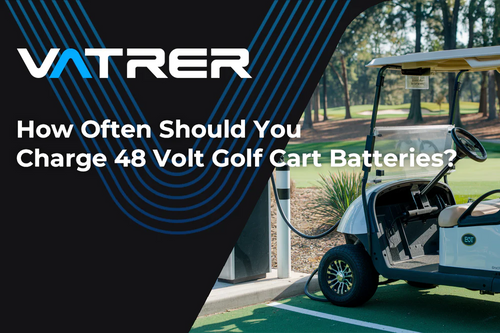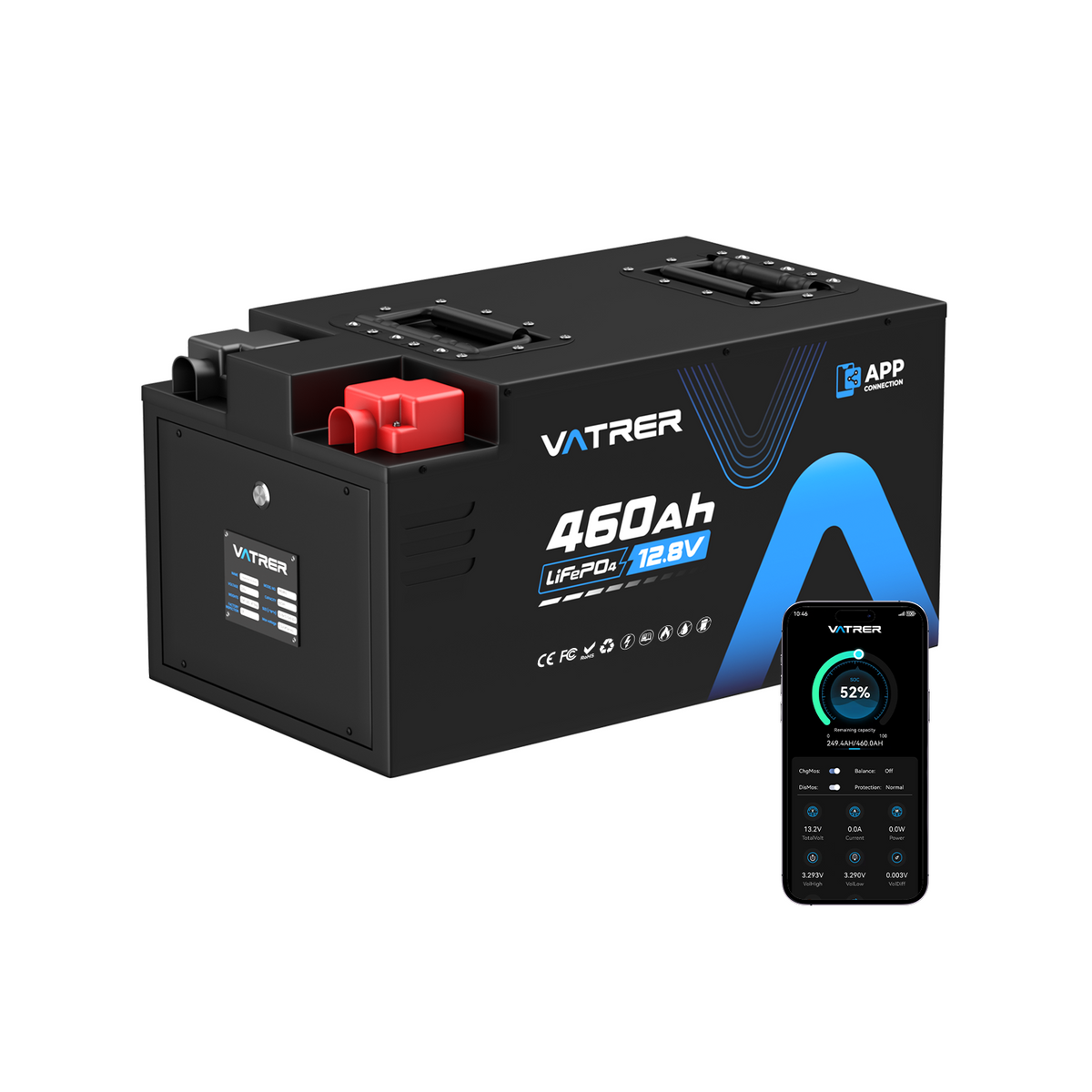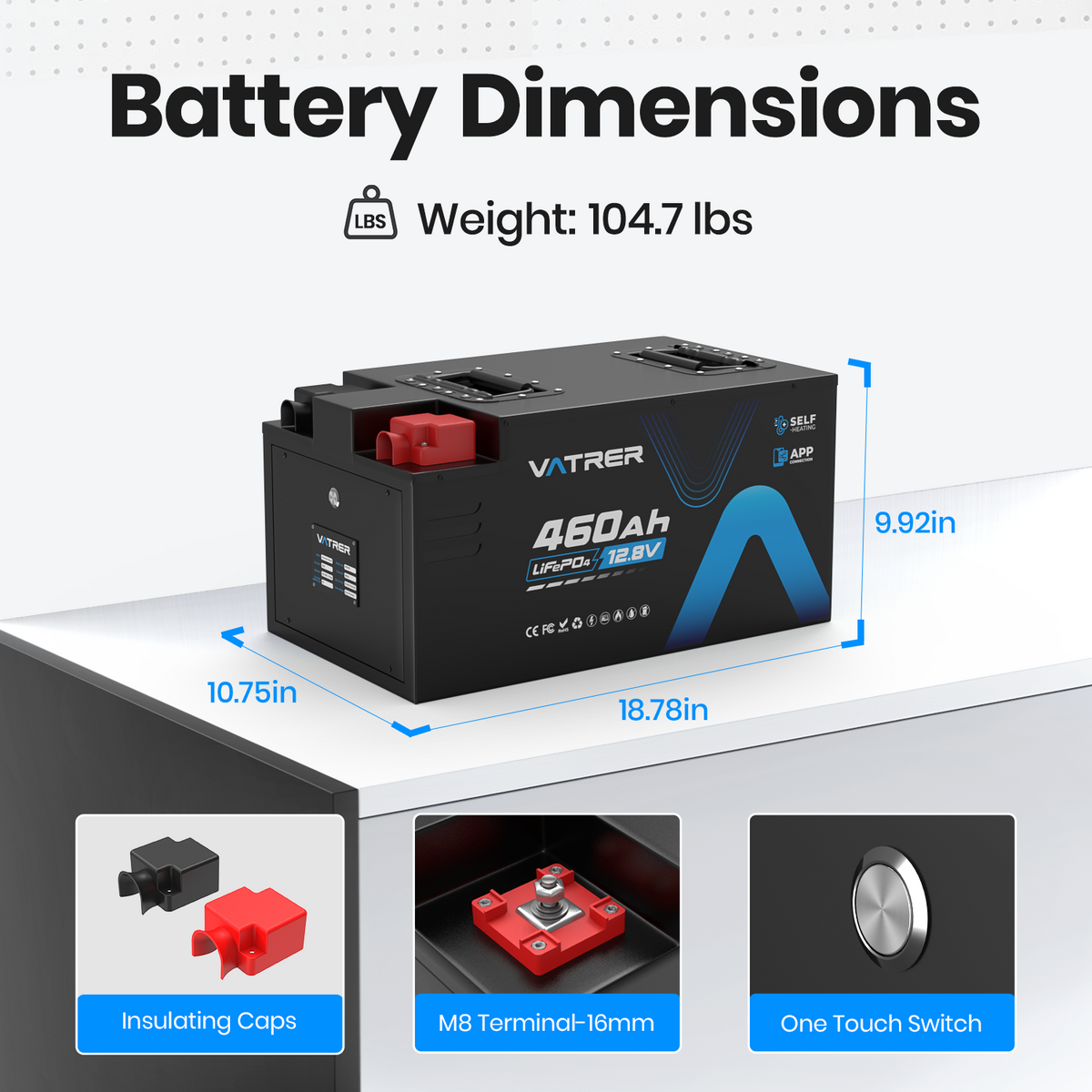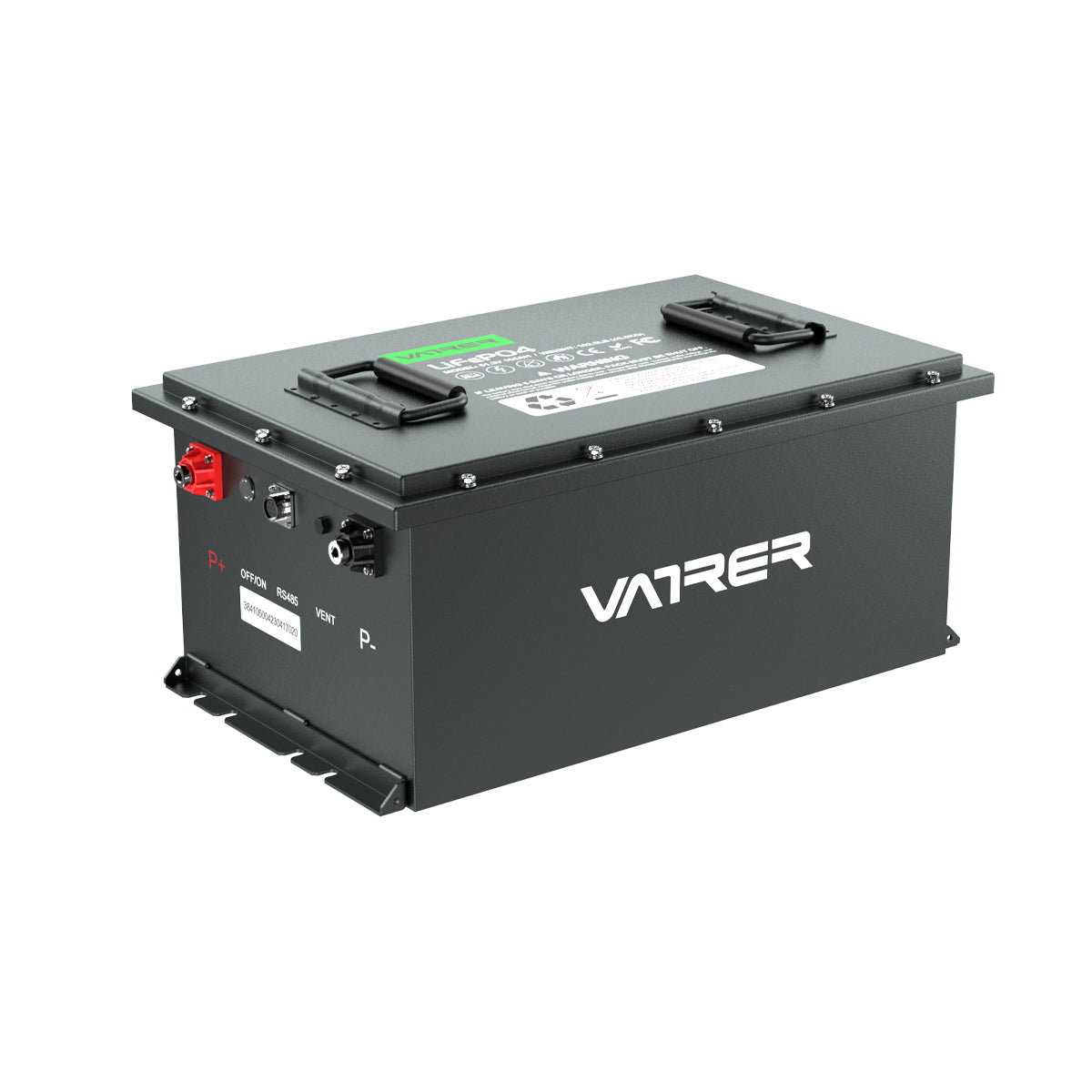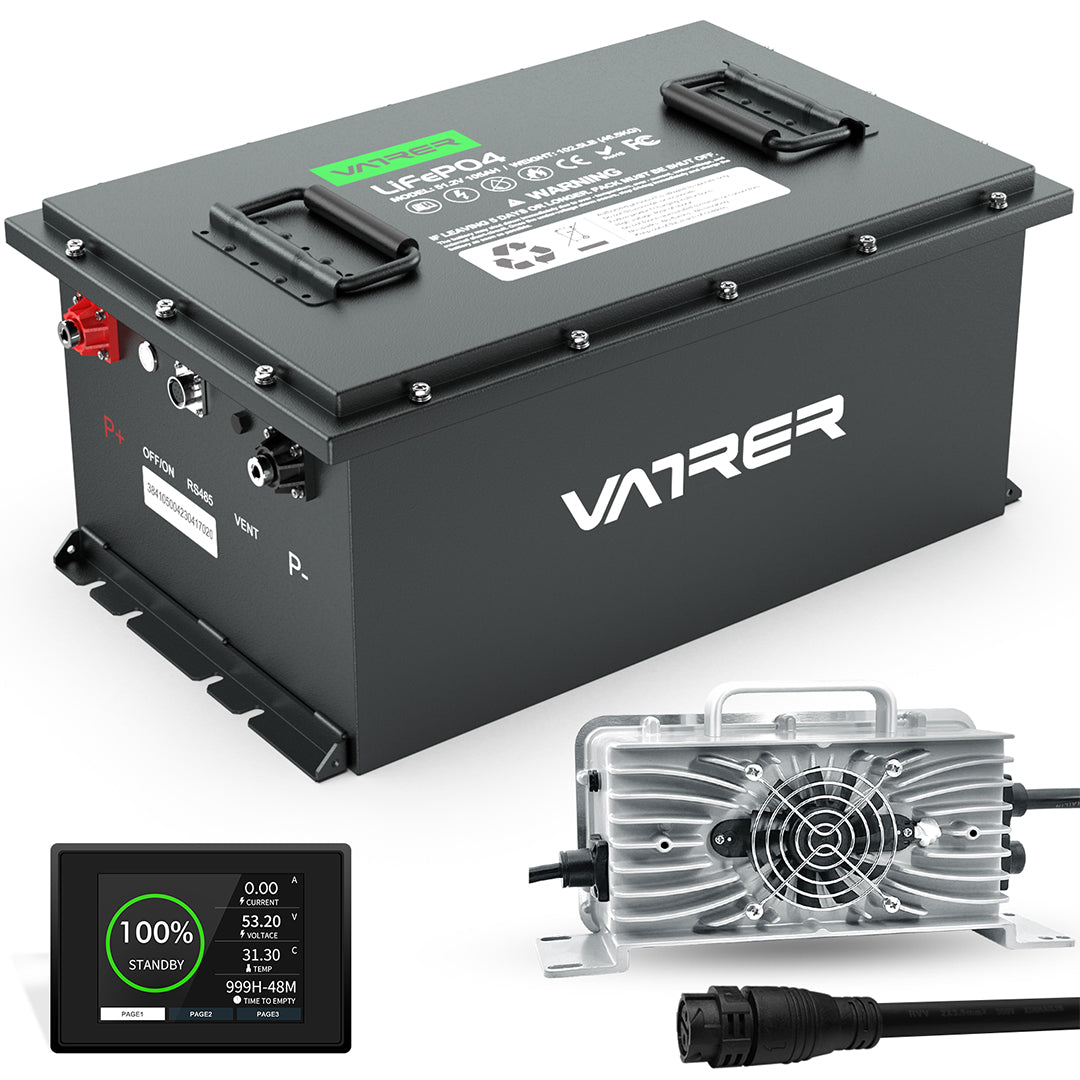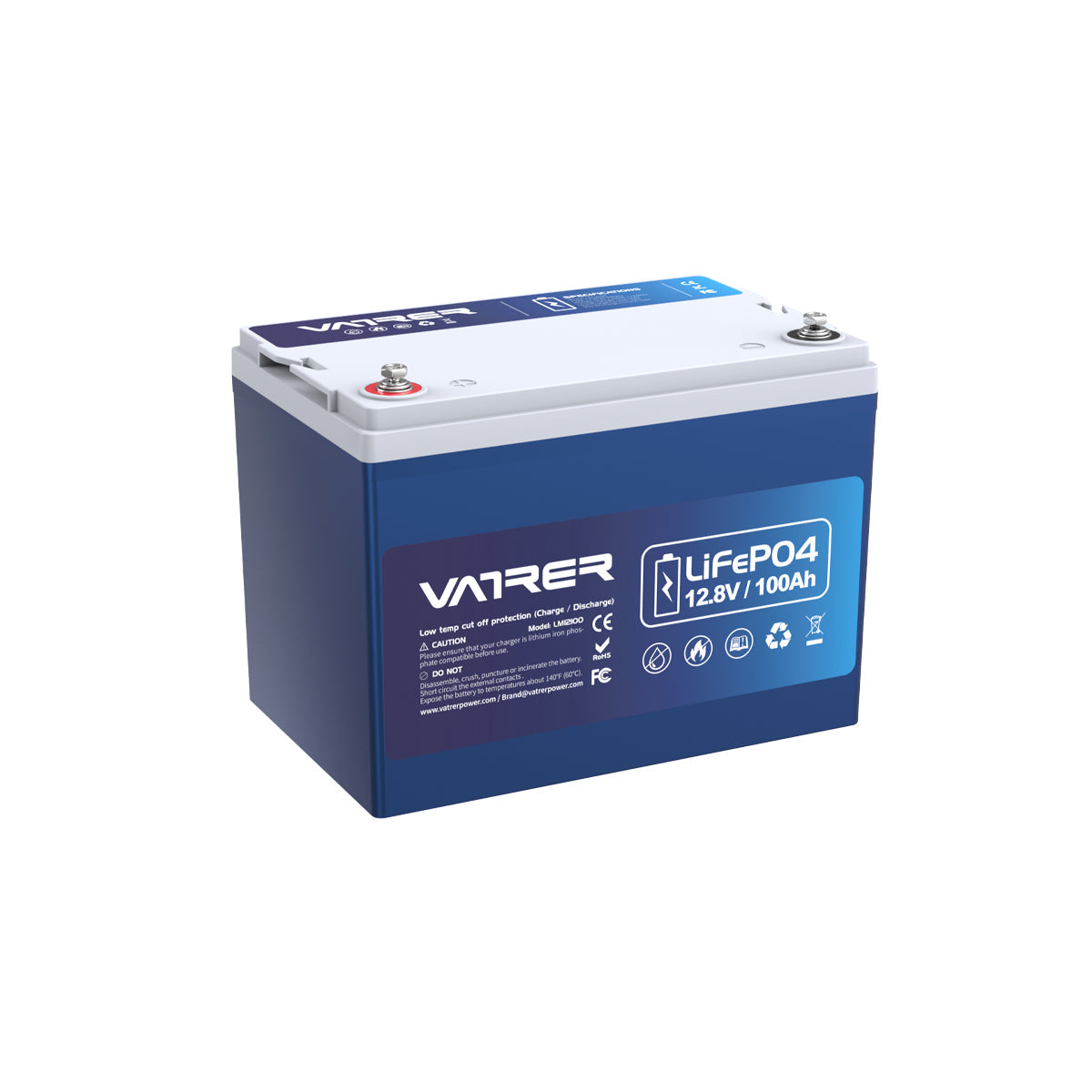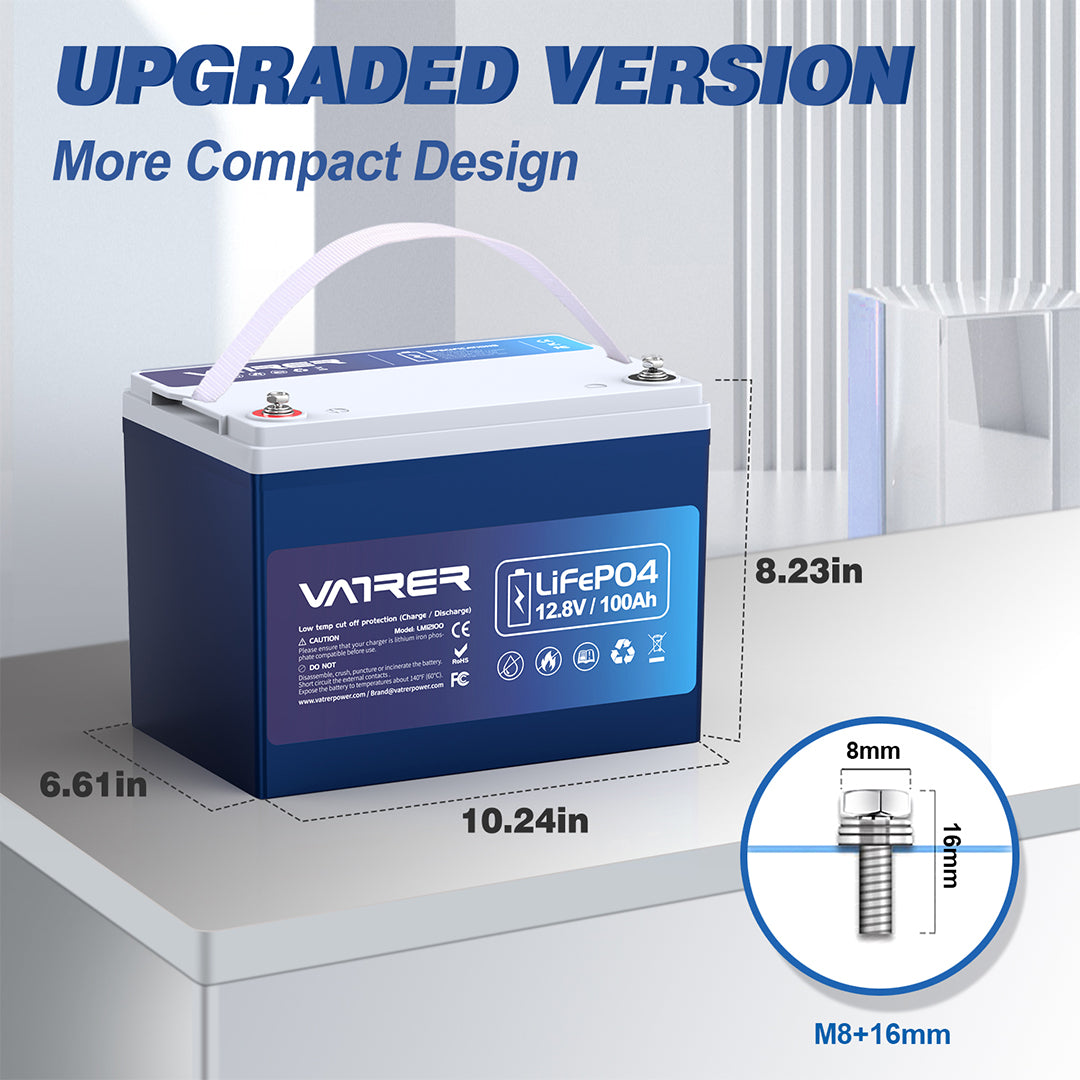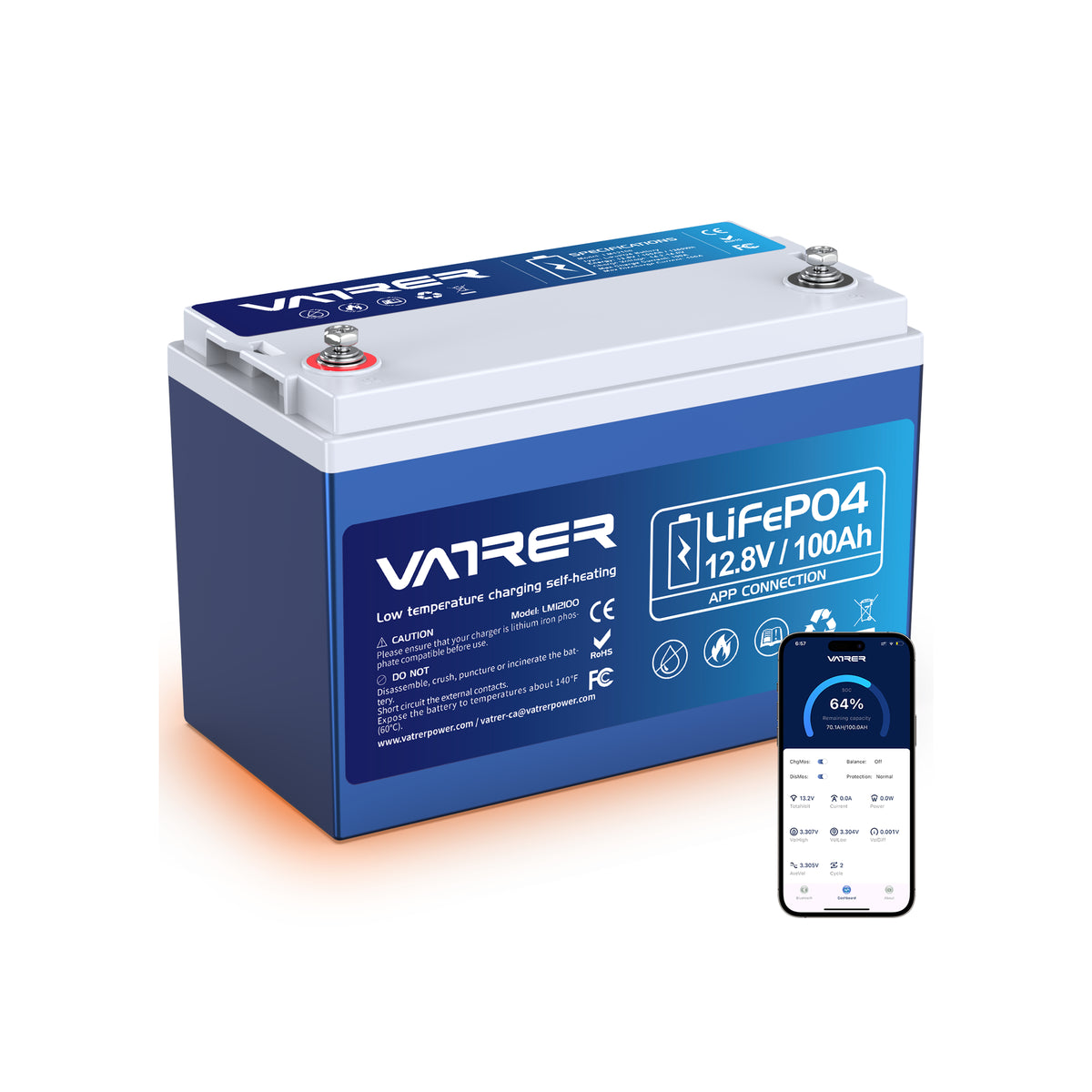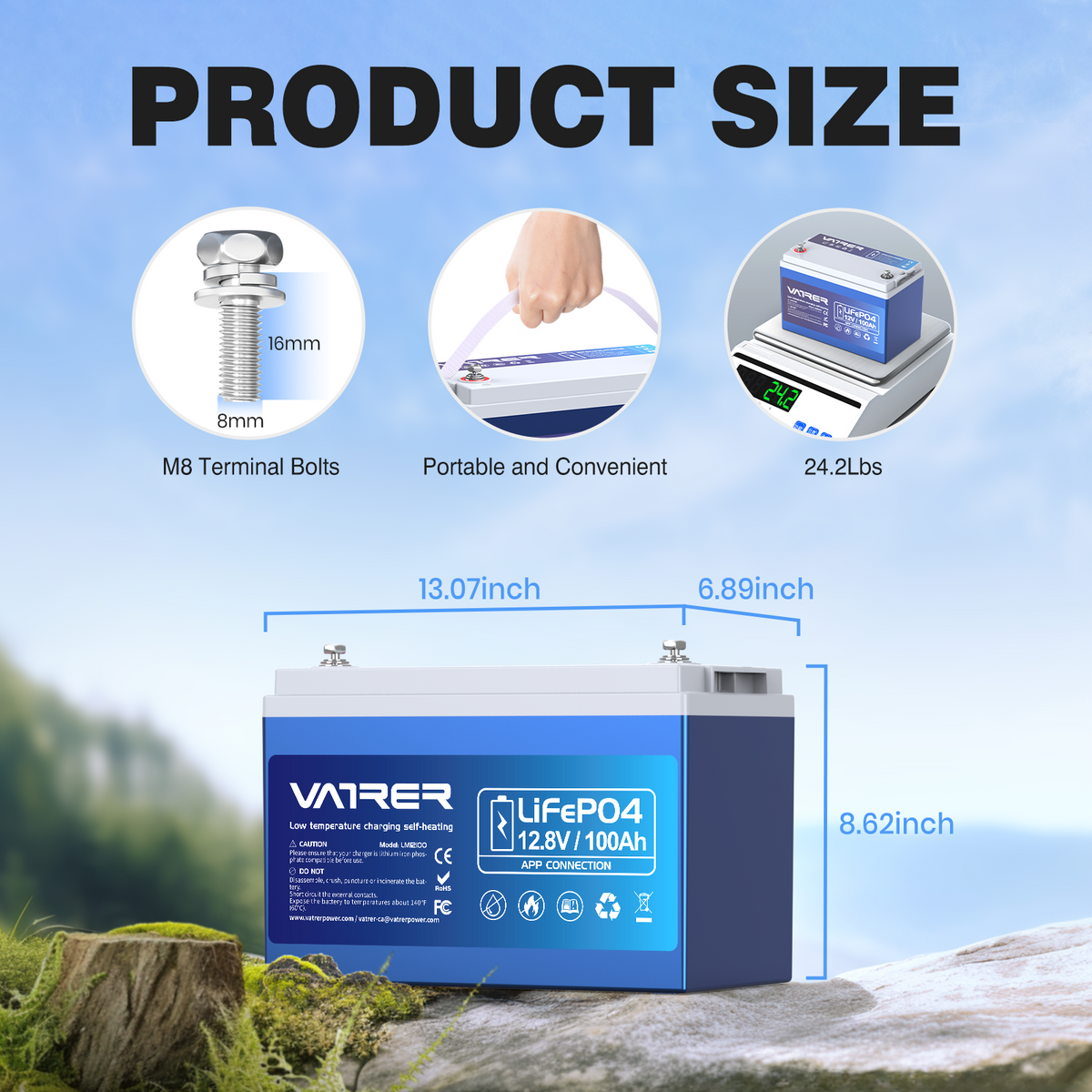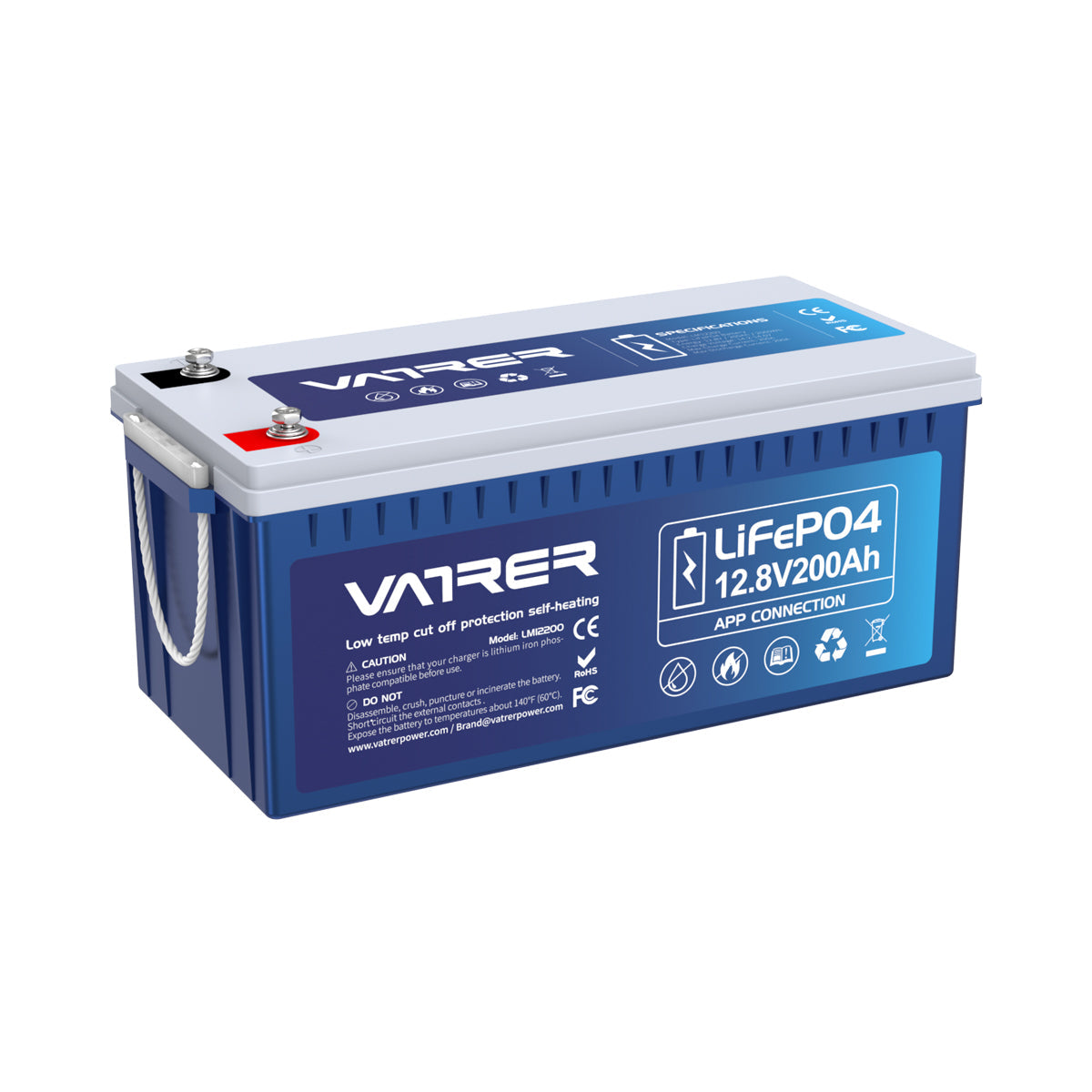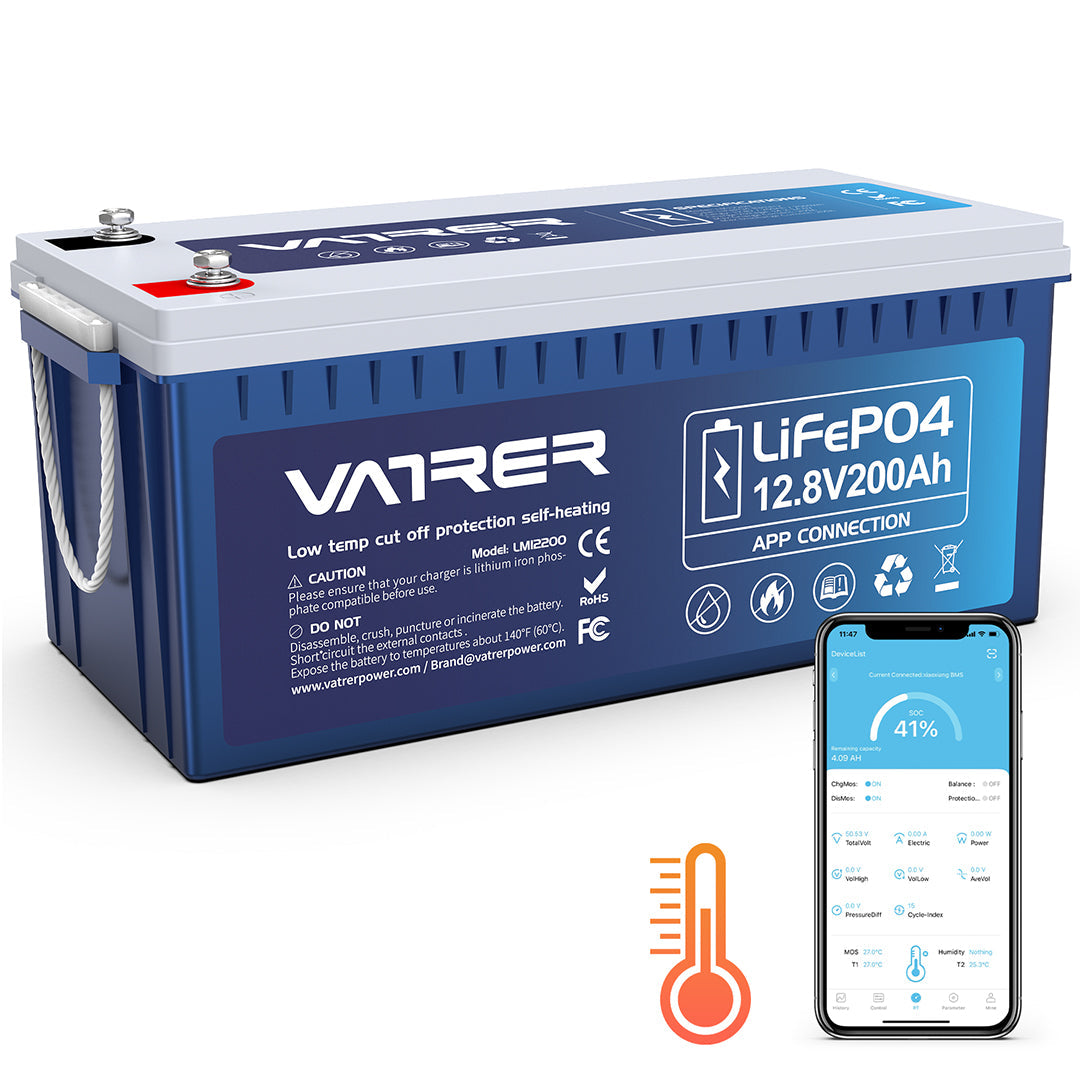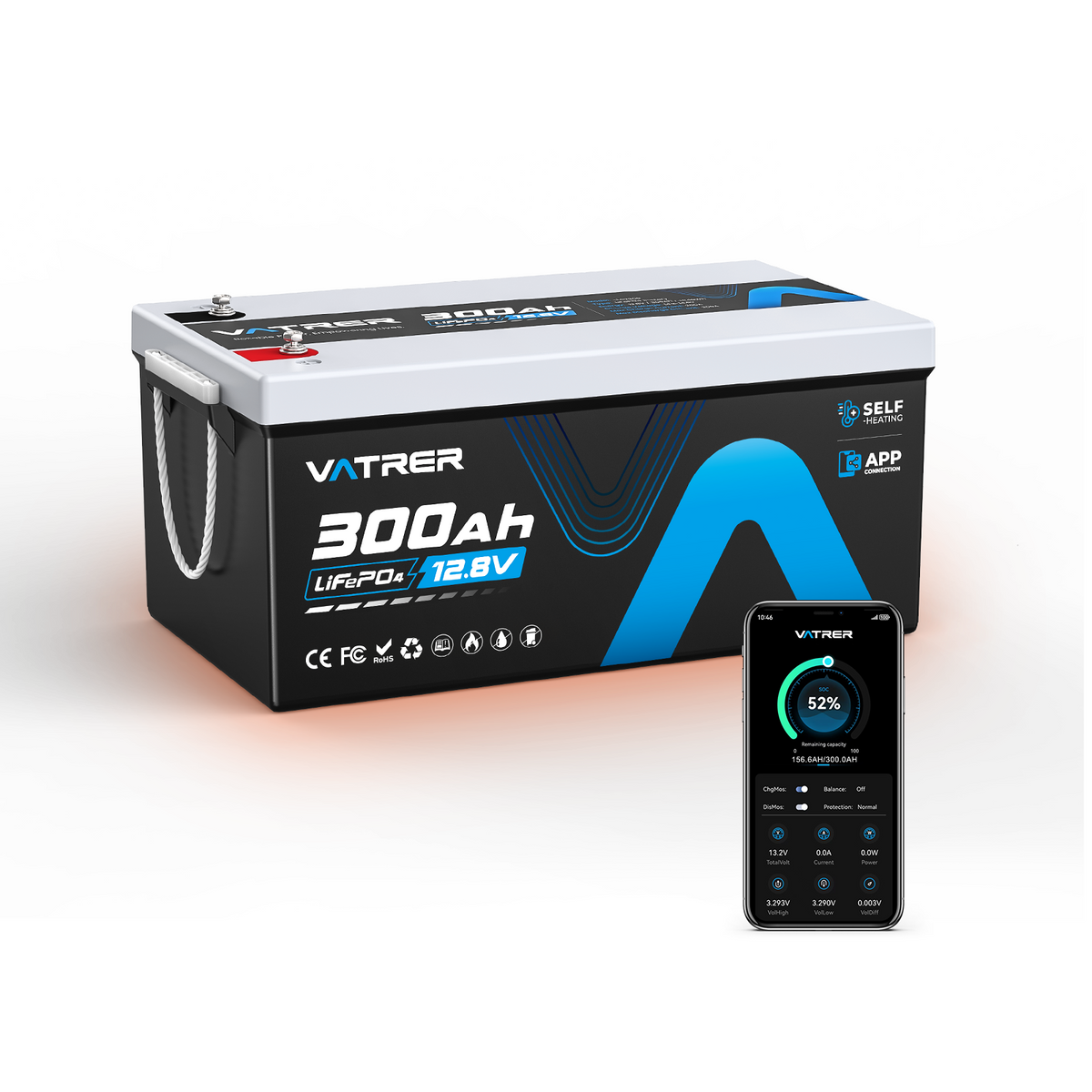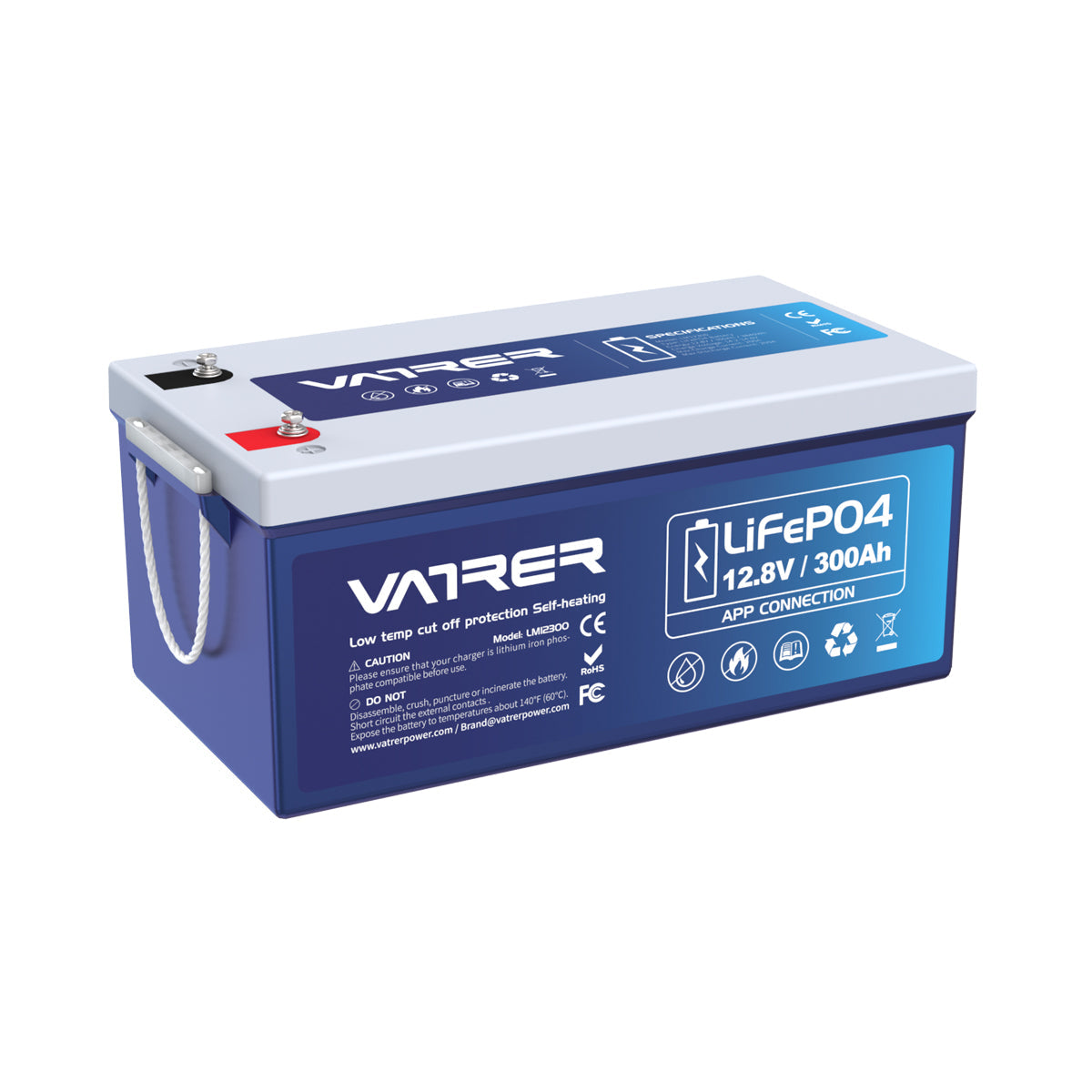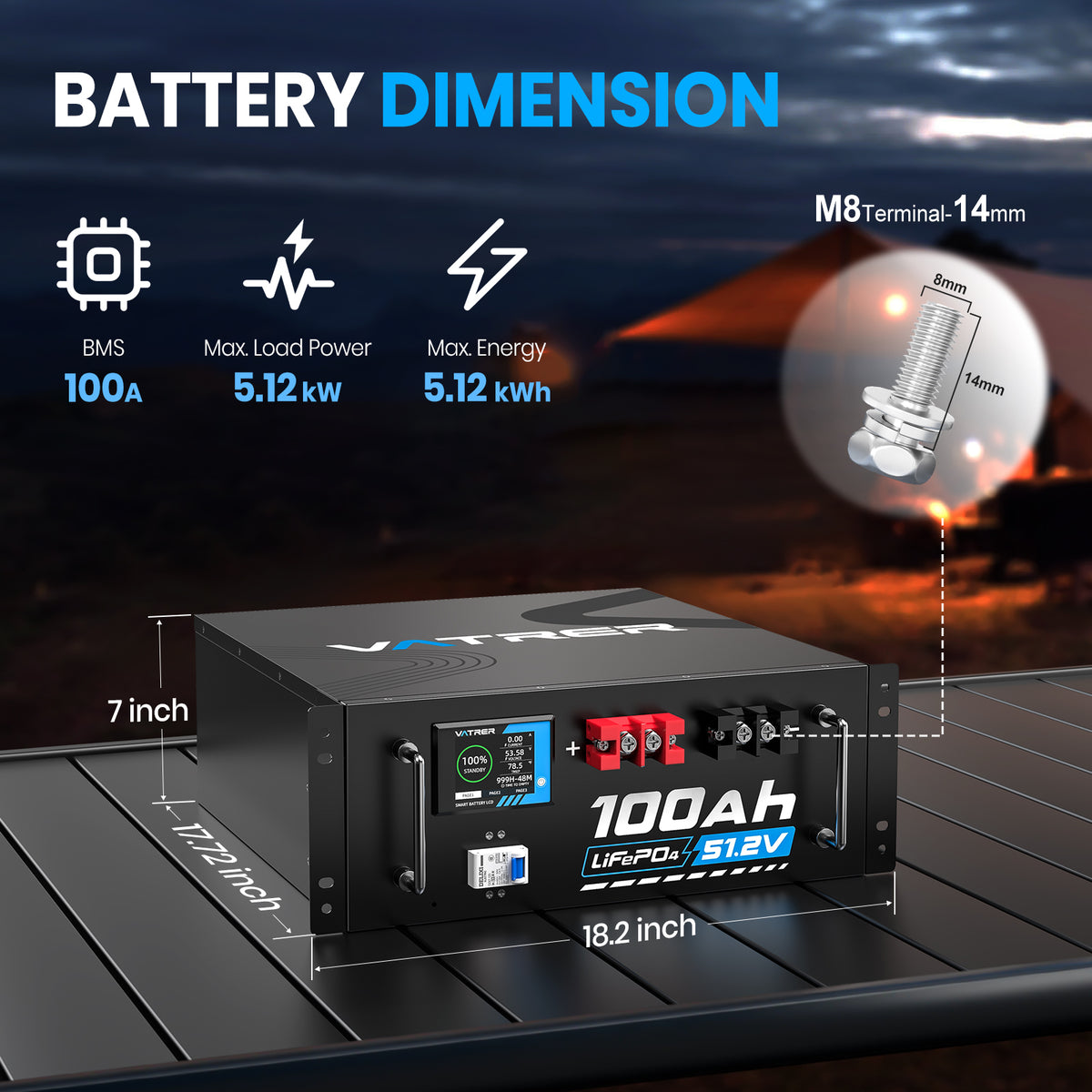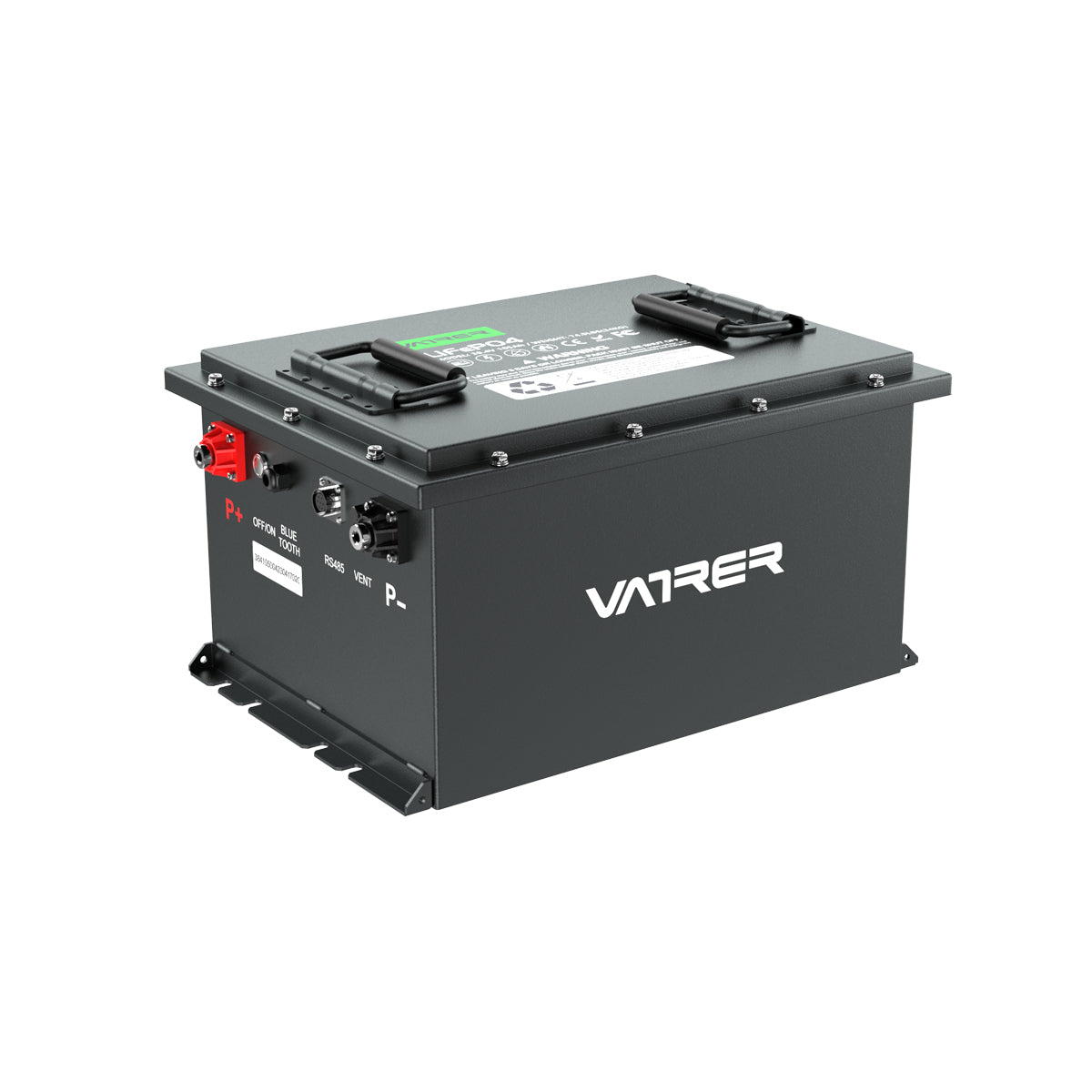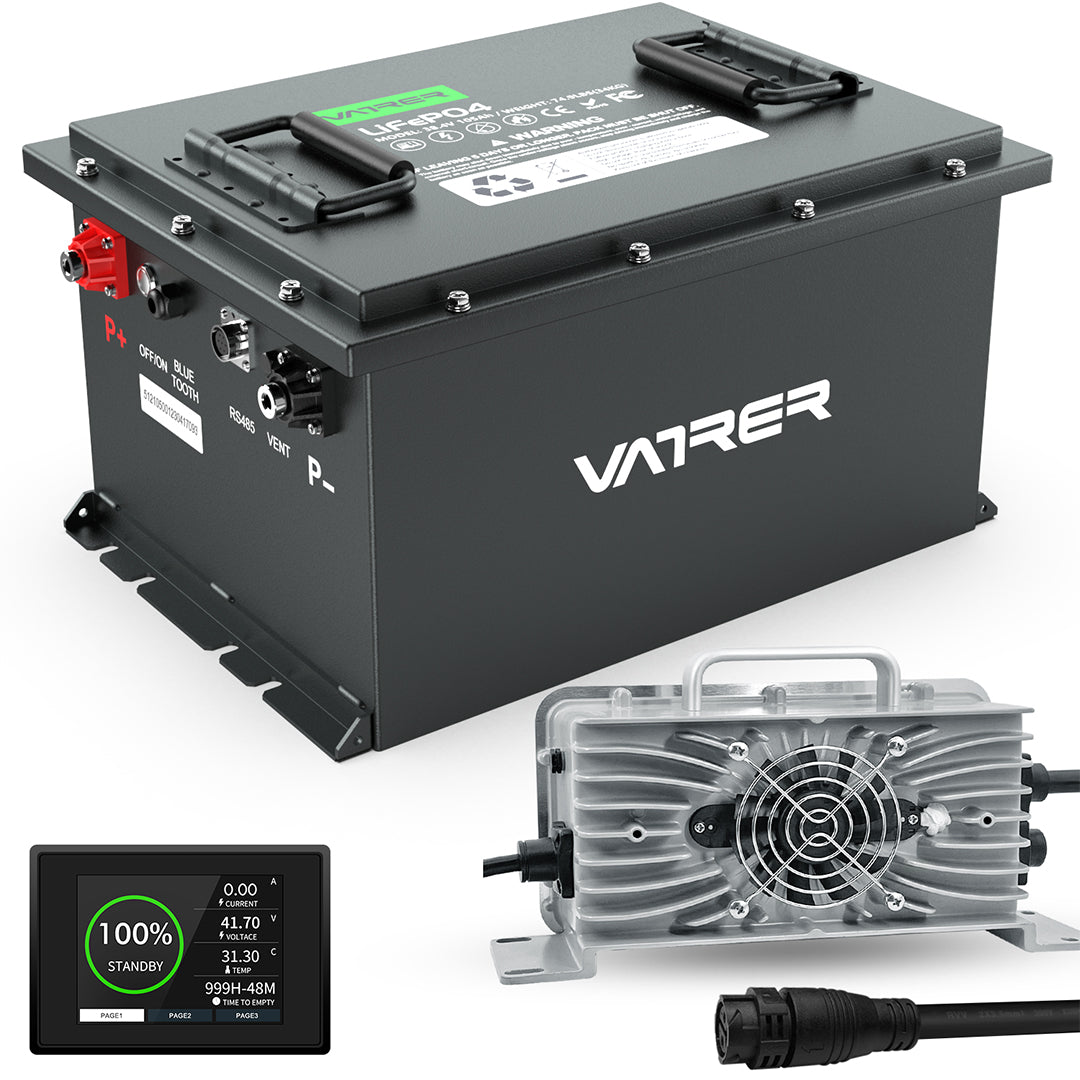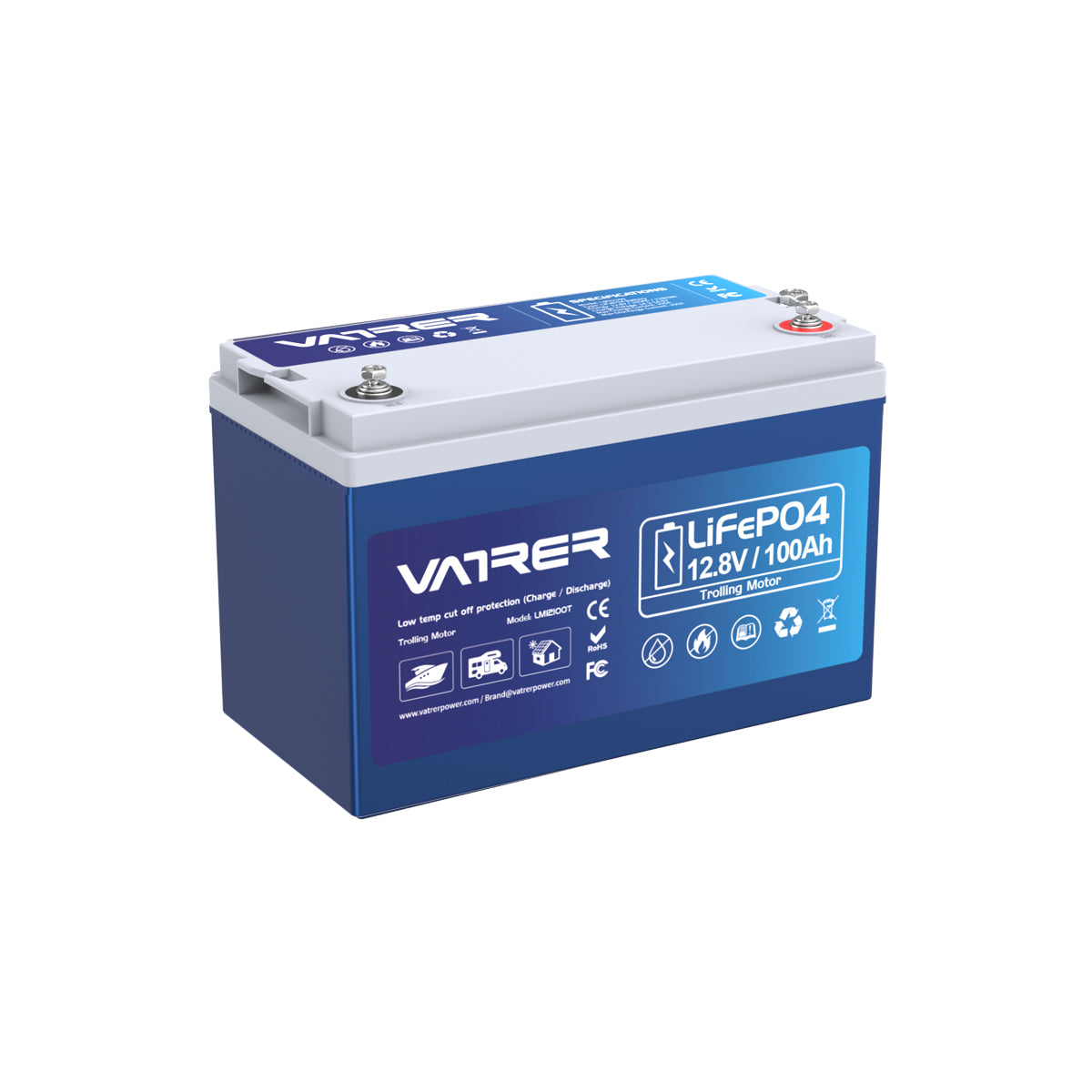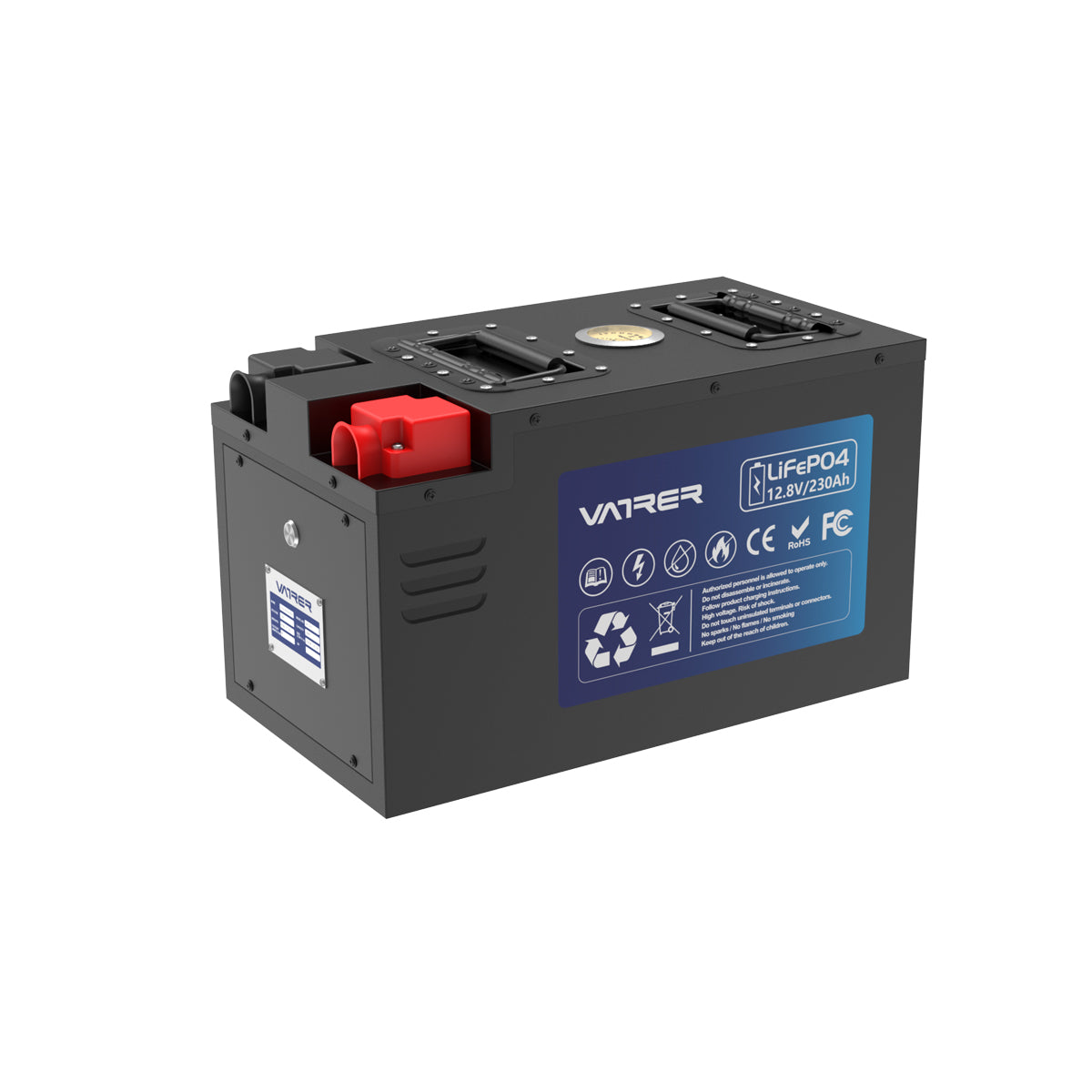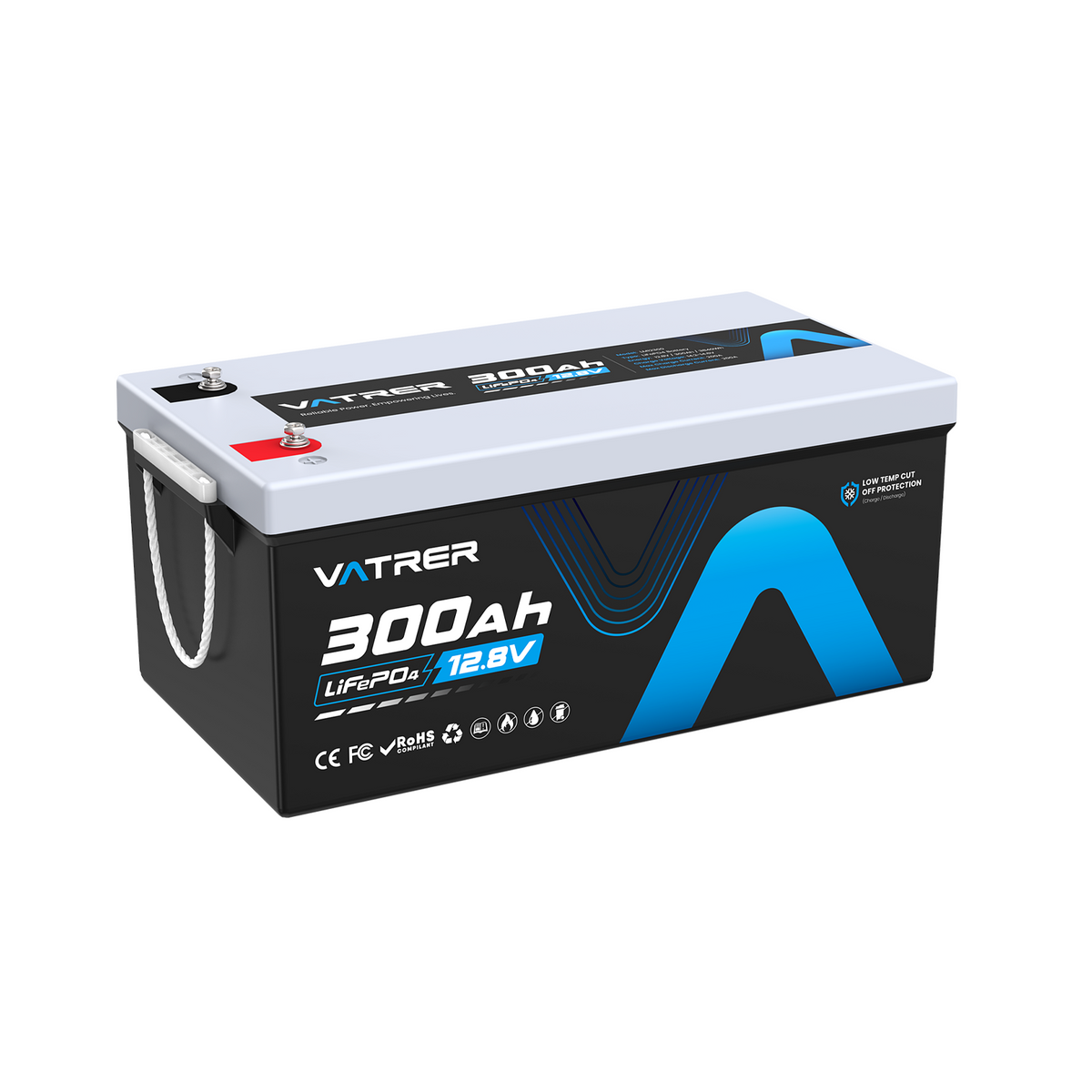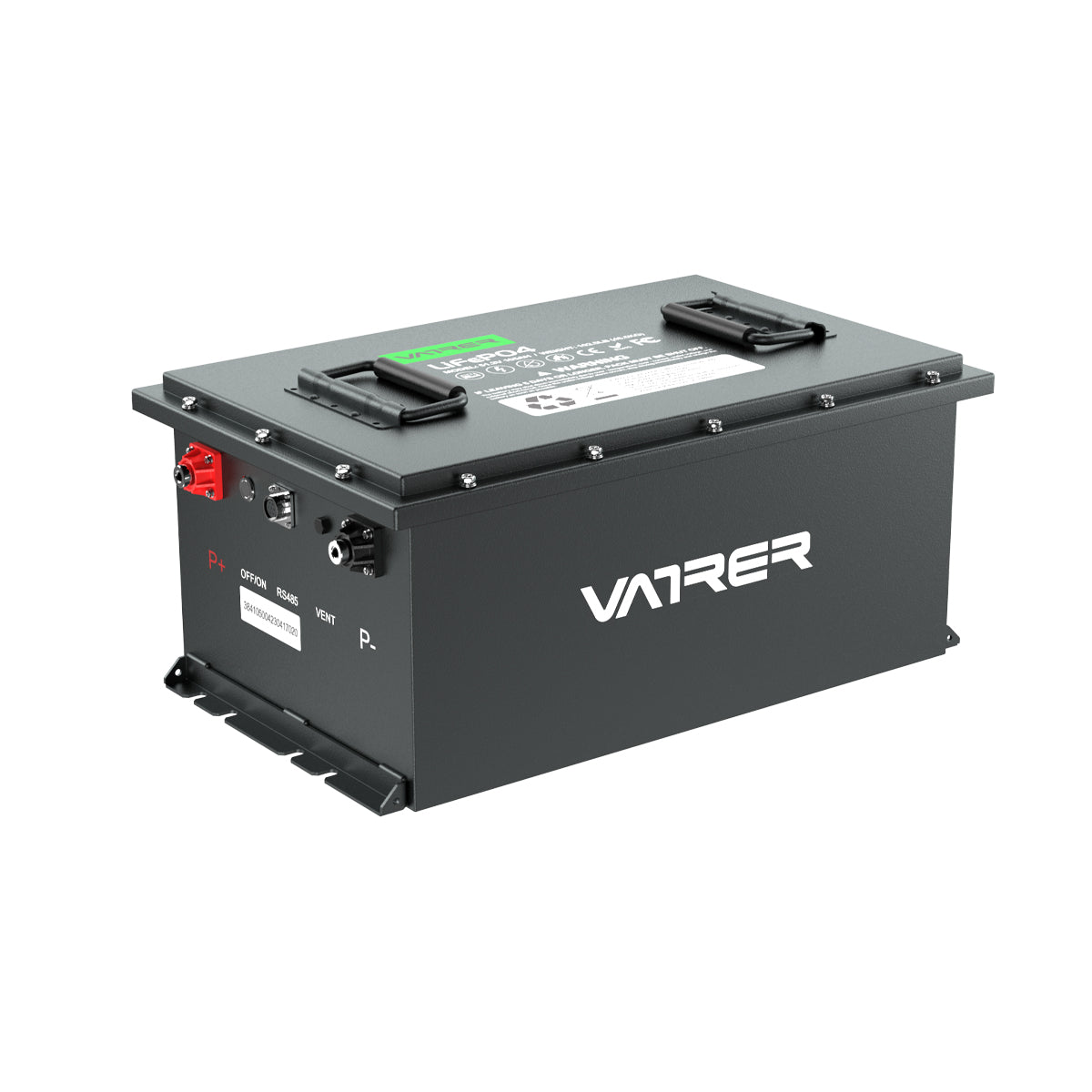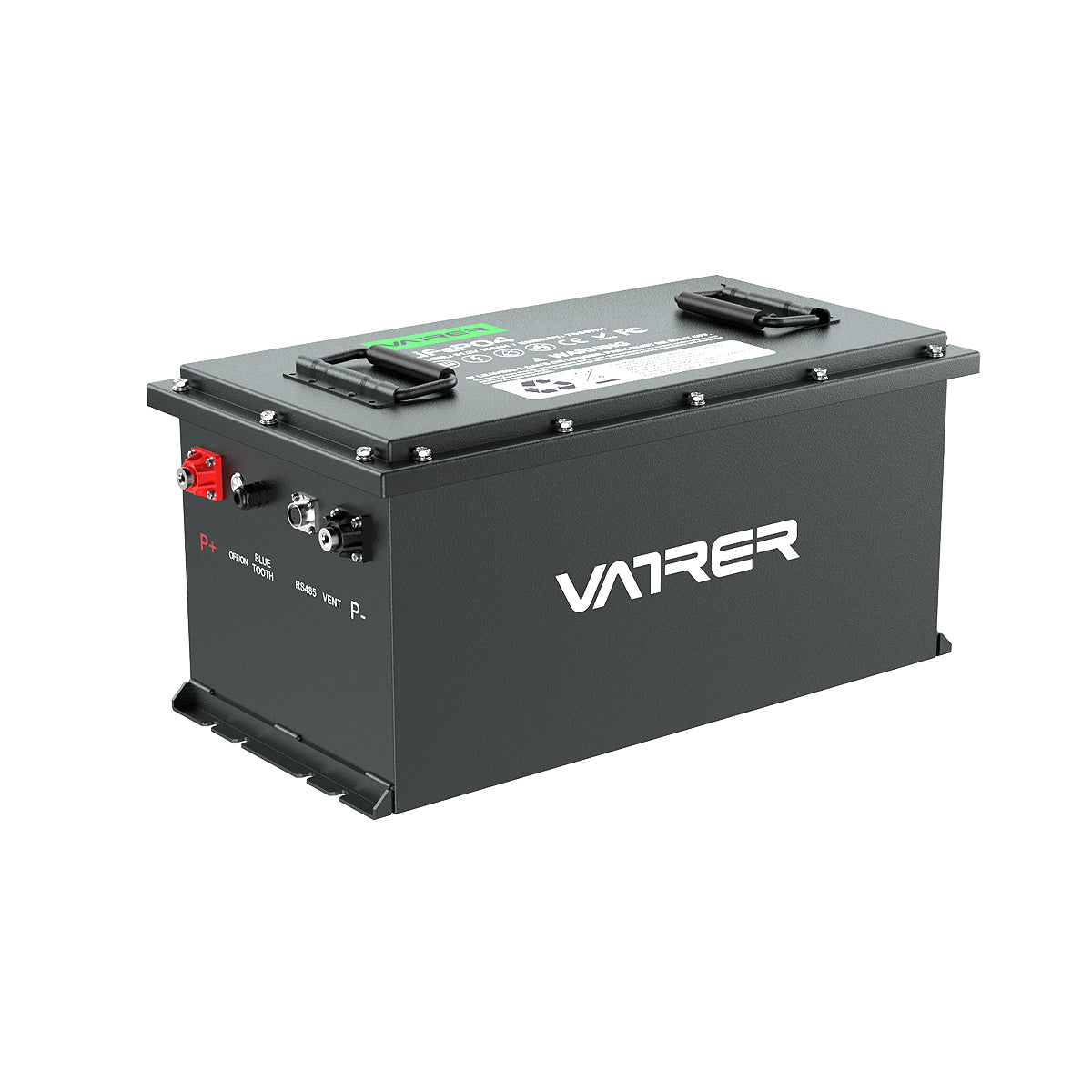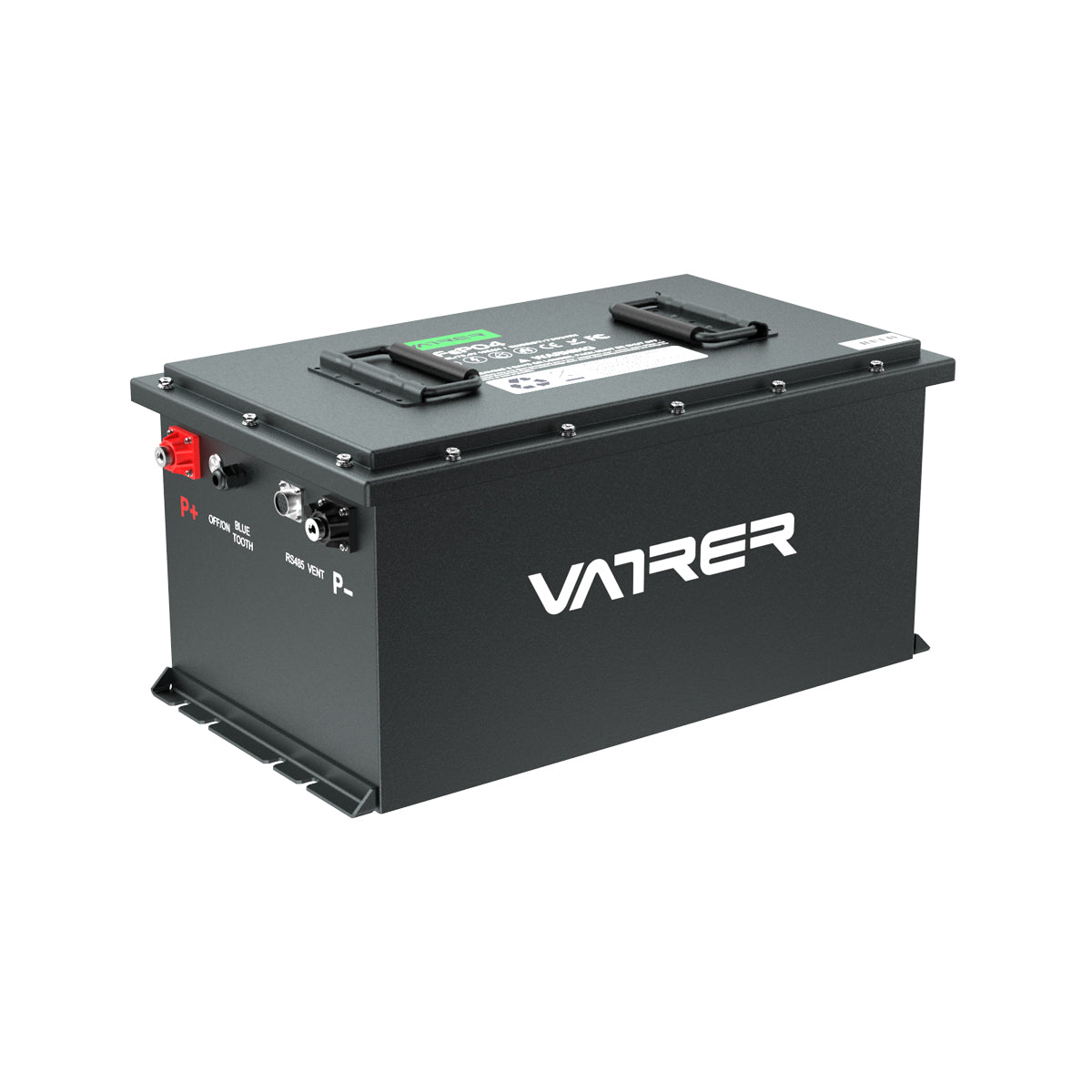1. Introduction
Overview of Golf Cart Battery Requirements
Golf carts have become an essential mode of transportation in various settings, from golf courses to gated communities. The performance of a golf cart heavily relies on its battery system, which powers the electric motor. Traditionally, lead-acid batteries have been used due to their affordability and availability. However, advancements in battery technology have introduced alternatives such as lithium-ion batteries, which offer superior energy density, longer lifespan, and reduced weight.
Benefits of Using 3.7V 18650 Batteries
The 18650 lithium-ion battery, with a nominal voltage of 3.7V, is a popular choice for building custom battery packs due to its high energy density, reliability, and availability. These batteries are commonly used in laptops, power tools, and electric vehicles. By utilizing 18650 batteries in a golf cart, users can benefit from increased efficiency, reduced maintenance, and potentially longer driving ranges. Additionally, the modular nature of 18650 cells allows for customizable battery configurations tailored to specific power and capacity needs.
2. Understanding 18650 Batteries
Specifications and Characteristics
18650 batteries are cylindrical lithium-ion cells with a standard size of 18mm in diameter and 65mm in length. They typically have a capacity ranging from 1800mAh to 3500mAh, depending on the manufacturer and specific model. The nominal voltage of these cells is 3.7V, with a fully charged voltage of approximately 4.2V. Key characteristics of 18650 batteries include:
-
High Energy Density: They offer a high energy-to-weight ratio, making them ideal for applications where weight is a concern.
-
Long Cycle Life: 18650 cells can endure hundreds to thousands of charge-discharge cycles, depending on usage conditions.
-
Low Self-Discharge Rate: These batteries retain their charge well over time, losing only a small percentage of their capacity when not in use.
Safety Considerations
While 18650 batteries provide numerous advantages, they also require careful handling due to potential safety risks. Overcharging, short-circuiting, or physical damage can lead to thermal runaway, resulting in fire or explosion. To mitigate these risks, it is crucial to use a Battery Management System (BMS) that monitors and regulates the charging and discharging processes. Additionally, proper storage and handling practices, such as avoiding exposure to extreme temperatures and physical stress, are essential to ensure safety.
3. Planning the Battery Build
Determining Voltage and Capacity Needs
Before assembling a battery pack, it is essential to determine the voltage and capacity requirements of the golf cart. Most golf carts operate on a 36V or 48V system. To achieve the desired voltage, multiple 18650 cells must be connected in series. For example, a 48V system would require approximately 13 cells in series (13 x 3.7V = 48.1V).
The capacity of the battery pack, measured in ampere-hours (Ah), determines the driving range of the golf cart. To calculate the required capacity, consider the energy consumption of the golf cart and the desired range. For instance, if the golf cart consumes 50A at 48V and the desired range is 2 hours, a battery pack with a capacity of at least 100Ah is needed.
Calculating the Number of Cells Required
To calculate the total number of 18650 cells required, consider both the series and parallel configurations. The series configuration determines the voltage, while the parallel configuration determines the capacity. For a 48V, 100Ah battery pack, you would need:
-
Series Configuration: 13 cells in series for 48V.
-
Parallel Configuration: To achieve 100Ah, divide the desired capacity by the capacity of a single cell. If each cell has a capacity of 2500mAh (2.5Ah), you would need 40 parallel groups (100Ah / 2.5Ah = 40).
Thus, the total number of cells required is 13 (series) x 40 (parallel) = 520 cells.
4. Assembling the Battery Pack
Series and Parallel Configurations
In a series configuration, the positive terminal of one cell is connected to the negative terminal of the next cell, increasing the voltage while maintaining the same capacity. In a parallel configuration, all positive terminals are connected together, and all negative terminals are connected together, increasing the capacity while maintaining the same voltage.
Tools and Materials Needed
To assemble a battery pack, you will need the following tools and materials:
-
18650 lithium-ion cells
-
Nickel strips for connecting cells
-
Spot welder for securing connections
-
Battery Management System (BMS)
-
Insulation materials (e.g., heat shrink tubing)
-
Soldering iron and solder
-
Multimeter for testing
-
Protective gear (gloves, goggles)
Step-by-Step Assembly Process
-
Design the Layout: Plan the layout of the cells based on the series and parallel configuration. Ensure that the design allows for efficient heat dissipation and easy access for maintenance.
-
Connect Cells in Series: Use nickel strips and a spot welder to connect the cells in series. Ensure that the connections are secure and that there is no risk of short-circuiting.
-
Connect Cells in Parallel: Once the series connections are complete, connect the parallel groups using additional nickel strips.
-
Install the BMS: Attach the BMS to the battery pack. The BMS will monitor the voltage and current of each cell group, balancing the charge and protecting against overcharging and discharging.
-
Insulate and Secure: Use heat shrink tubing or other insulation materials to cover exposed connections and prevent short circuits. Secure the battery pack within a protective casing to prevent physical damage.
5. Safety Measures
Handling and Storage Precautions
-
Avoid Overcharging: Use a charger compatible with lithium-ion batteries and equipped with overcharge protection.
-
Prevent Short Circuits: Ensure all connections are insulated and secure.
-
Store Properly: Store batteries in a cool, dry place away from direct sunlight and flammable materials.
Fire and Explosion Risks
In the event of a thermal runaway, it is crucial to have fire safety measures in place. Keep a Class D fire extinguisher nearby, and ensure that the battery pack is housed in a fire-resistant enclosure.
6. Testing and Installation
Testing the Battery Pack
Before installing the battery pack in the golf cart, conduct thorough testing to ensure its performance and safety. Use a multimeter to check the voltage and capacity of the pack. Perform a load test to simulate the golf cart's energy consumption and verify that the battery can sustain the required current.
Installing in the Golf Cart
Once testing is complete, install the battery pack in the golf cart. Ensure that the connections to the motor and controller are secure and that the BMS is functioning correctly. Test the golf cart under various conditions to confirm that the battery pack meets performance expectations.
7. Maintenance and Troubleshooting
Regular Maintenance Tips
-
Monitor Charge Levels: Regularly check the charge levels and balance the cells if necessary.
-
Inspect Connections: Periodically inspect the connections for signs of wear or corrosion.
-
Clean Terminals: Keep the battery terminals clean and free of debris.
Common Issues and Solutions
-
Uneven Cell Balancing: If cells are not balanced, use the BMS to equalize the charge.
-
Reduced Capacity: Over time, the capacity of the battery pack may decrease. Consider replacing individual cells if necessary.
-
Overheating: Ensure adequate ventilation and cooling to prevent overheating.
8. Conclusion
Summary of Benefits and Challenges
Building a golf cart battery with 3.7V 18650 batteries offers numerous benefits, including increased energy efficiency, reduced weight, and customizable configurations. However, it also presents challenges, such as ensuring safety and managing the complexity of assembly.
Future Considerations for Battery Upgrades
As battery technology continues to evolve, future upgrades may include higher-capacity cells, improved BMS technology, and enhanced safety features. Staying informed about advancements in lithium-ion technology will enable users to optimize their golf cart battery systems for better performance and longevity.



